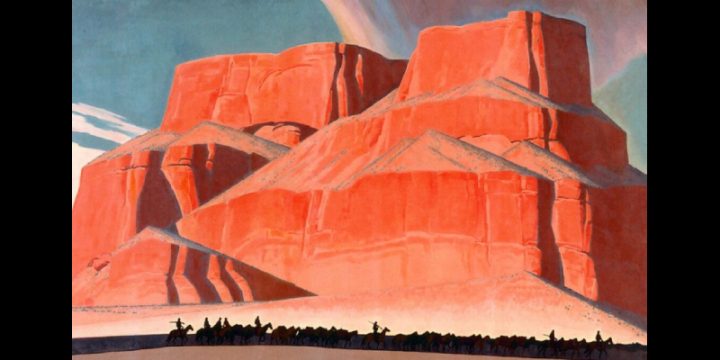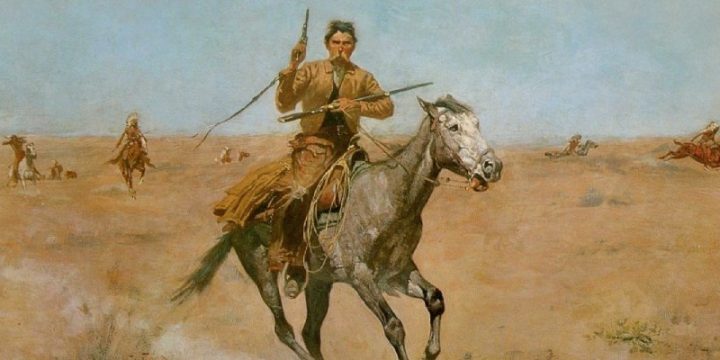
William McGregor
I have always thought that the paintwork achieved from the middle of the 19th to the middle of the 20th centuries is the golden age of modern. One of my favourites is William McGregor Paxton (1869-1941), a much-refined painter which was deeply and undisguisedly inspired by Vermeer, whose works and technical resources he used to furtherly study and this, particularly focussing in the use of dark-room (camera obscura) conditions by the Dutch master. We cannot deny Paxton's admiration of Vermeer, in particular his portraits and indoor sceneries which are so delicate.


